The G10 Power has a massive 6000mAh battery, but the underlying hardware is far from ideal.
Motorola has seen its fortunes fade under Lenovo's tutelage, but the brand continues to roll out a cavalcade of budget phones that seemingly don't differ all that much from their predecessors. While it doesn't have the same level of cachet as five years ago, Motorola makes some of the best cheap Android phones and continues to do well in markets like the U.S.
But the brand's sales have taken a nosedive in countries like India, where the Chinese contingent of Xiaomi and Realme effectively rule the budget category. Motorola's answer to this is to decrease the price of its budget devices with each generation. The Moto G9 Power launched back in December for ₹11,999 ($160), and Motorola launched its successor — the Moto G10 Power — just three months later.
The Moto G10 Power is available in India for just ₹9,999 ($133), and the fact that it has the same 6000mAh battery as its predecessor makes it an interesting option to consider. But to bring the phone to under ₹10,000, Motorola had to make a few unwelcome changes — the G10 Power is running the Snapdragon 460, which isn't quite as powerful as the Snapdragon 662 featured in the G9 Power.
The camera has also been downgraded, with the G10 Power offering a 48MP primary lens at the back. With the phone coming shortly on the heels of the G9 Power, let's take a look at what you're getting with the G10 Power and whether you should pick it up over what Xiaomi and Realme have to offer in this category.
Moto G10 Power
Bottom line: The Moto G10 Power is one of very few budget phones to offer a clean interface without any bloatware. The phone also has a 6000mAh battery that outlasts every other device in this category, and you get IP52 water resistance. However, the sub-par display and underwhelming hardware make it a tough recommendation.
The Good
- Insane battery life
- Android 11 out of the box
- Clean software without any bloat
- Decent camera for daylight use
- IP52 dust and water resistance
The Bad
- Underpowered hardware
- Mediocre display
- Won't get many software updates
Moto G10 Power: Price and availability
The Moto G10 Power was unveiled on March 10 and is on sale in India for ₹9,999 ($133). The phone is launching in other markets as the Moto G10; the only difference is that the G10 Power has a 6000mAh battery while the G10 has a 5000mAh battery. The G10 Power also has 20W fast charging, whereas the global G10 has 10W fast charging.
Moto G10 Power: What you'll like
The Moto G10 Power has a fresh design with a wave pattern at the back, and the device itself feels great to hold and use. The back and mid-frame are made out of plastic, and at a thickness of 9.9mm, the phone is not as svelte as the likes of the Redmi Note 10 Pro or other budget options.
Coming in at 220g, the phone is quite heavy as well, but Motorola nailed the weight distribution, and you don't necessarily feel the heft. The camera housing is pretty standard fare, and the module itself doesn't protrude from the chassis. There's a traditional fingerprint sensor at the back housed within the Motorola logo, and the module itself is reliable in daily use.
The Moto G10 Power has a no-nonsense design, and it doesn't miss out on the extras.
The power and volume buttons are located on the right, and there's a dedicated button for launching Google Assistant that sits above the volume rocker. The power button has a textured finish that allows you to easily locate it with your thumb. There's a 3.5mm jack up top, and the phone charges over USB-C.
The G10 Power has an older waterdrop-style cutout, and the bottom bezels are huge. Most brands have switched to hole-punch cutouts and thinner bezels even in the entry-level segment, but it looks like Motorola hasn't received the memo. That said, the design should feel familiar if you're switching from an older phone.
You get a dual-SIM card slot as standard, and the hybrid tray lets you add a microSD card in lieu of the secondary SIM card. An interesting addition with the G10 Power is IP52 water resistance; it gives the phone added resilience against dust and water, and it's always great to see a budget phone with ingress protection.
The marquee feature on the Moto G10 Power is the gargantuan 6000mAh battery. Motorola offers 20W fast charging, and as the phone is rocking a 6.5-inch 720p display, you get fantastic battery life. The phone lasts over two days without any issues whatsoever, and if you're in the market for a phone with stellar battery life, you won't find many devices that can outmatch the G10 Power.
There's plenty to like on the software front as well. The Moto G10 Power comes with Android 11 out of the box, and Motorola continues to deliver a clean interface without any bloatware. It's refreshing to use a budget phone with a clean UI, and the G10 Power doesn't have any spam notifications or ads within the interface.
The G10 Power is a battery beast like no other, and the clean UI is a clear differentiator.
There are far too few options in the budget category that offer a vanilla Android interface — Nokia is the only other manufacturer to do so — and that makes the G10 Power an enticing choice. As the phone comes with Android 11, it includes all the features that Google introduced with the OS; you'll find one-time permissions, Conversations view in the notification pane, smart home controls in the power menu, and new privacy controls.
While the interface itself is clean, Motorola has added powerful customization features. Moto Actions have been a mainstay on Motorola phones for nearly a decade, and you'll find the same set of options on the G10 Power as well. There are plenty of off-screen gestures to choose from, including a three-finger screenshot that lets you take screenshots easily, a twist gesture for launching the camera, lift to unlock the screen, and much more.
You also get a decent theming engine that lets you tweak the look of the icons and change accent colors. The Moto G10 Power is the first Motorola phone I've used in a few years, but because the core features have been unchanged for a while, the phone felt immediately familiar. If you're on an older Motorola phone or an Android One device, you will feel right at home on the G10 Power.
The Moto G10 Power has four cameras at the back: a 48MP primary lens, 8MP wide-angle module, and a 2MP macro along with a 2MP portrait lens. The only camera you'll end up using most of the time is the 48MP lens, but for what it's worth, the 8MP wide-angle lens takes shots of the same caliber in daylight conditions.
The 48MP camera on the Moto G10 Power does a great job in daylight conditions, delivering photos with good dynamic range and accurate colors. The phone struggles in low-light scenarios, and although HDR manages to salvage highlights and bring out details from the edges, there is a lot of noise. The dedicated Night Vision mode fixes this problem to a degree, but low-light photos are strictly average.
The phone doesn't quite hold up to the likes of the POCO M3 or the Redmi Note 10, but the camera is serviceable if you're just looking to share photos on social media.
Moto G10 Power: What you won't like
The Moto G10 Power has a 6.5-inch LCD display. While that's standard fare in this category, the phone has a 720p (1600 x 720) panel, and that makes things less than ideal. You can make out artifacts on the screen, and the viewing angles aren't great either. The screen gets bright enough for outdoor use, but it just does not hold up to its budget rivals.
| Specs | Moto G10 Power |
|---|---|
| Software | Android 11 |
| Display | 6.5-inch (1600 x 720) IPS LCD |
| Chipset | 1.80GHz Snapdragon 460 |
| RAM | 4GB |
| Storage | 64GB |
| Rear Camera 1 | 48MP ƒ/1.7 (primary) |
| Rear Camera 2 | 8MP ƒ/2.2 (wide-angle) |
| Rear Camera 3 | 2MP ƒ/2.4 (macro) |
| Rear Camera 4 | 2MP ƒ/2.4 (portrait) |
| Front Camera | 8MP ƒ/2.2 |
| Connectivity | Wi-Fi ac, BT5.0 |
| Battery | 6000mAh | 20W |
| Security | Rear fingerprint |
| Colors | Blue, Grey |
| Dimensions | 165.2 x 75.7 x 9.9mm |
| Weight | 220g |
Then there's the hardware: the G10 Power features a Snapdragon 460 chipset, and you will notice lag in daily use. There's a noticeable delay in everything from launching the camera, browsing in Chrome, or just opening WhatsApp, and the lag makes using the phone tedious.
Motorola could have avoided this particular issue by reusing the Snapdragon 662 that powers the Moto G9 Power, but that wasn't the case. Hardware has gotten to a point where there's no lag even on entry-level hardware, and that's why it's puzzling to see pervasive issues on the G10 Power.
It's great that the G10 Power has clean software, but the sub-par hardware mars the overall experience. There aren't many choices if you want a budget phone with a clean UI, and as much as I like the fact that there's no bloatware or spammy ads on the G10 Power, the phone just doesn't cut it in terms of hardware.
Motorola's software update policy is also less than stellar. The manufacturer guarantees one platform update and two years of security updates, and that limits just how long you can use a Motorola phone. Motorola justifies its policy by stating that most budget phone buyers upgrade every two years, but that's a poor excuse for not meeting the minimum requirements laid out by Google.
Moto G10 Power: The competition
There are dozens of great options in this category, and the POCO M3 in particular stands out for the hardware on offer. The phone has an interesting design with a large camera housing at the back, the same 6000mAh battery as the G10 Power, a 6.53-inch FHD+ display, a 48MP camera at the back, and a faster Snapdragon 662 chipset. At ₹10,999 ($145), it costs just a little more than the G10 Power while offering a lot more value. That said, the phone is still on Android 10, with no word on when it will switch to Android 11.
Of course, the Moto G9 Power is still a great alternative, with that particular phone available for ₹11,999 ($160). You are getting the same chipset as the POCO M3 and the same 6000mAh battery as well as 20W fast charging, and the phone slows down in regular use. The 64MP camera also holds up marginally better than the 48MP module on the G10 Power, but what isn't great is that the device runs Android 10 out of the box. With Motorola only offering one platform update, the phone will not be updated past Android 11.
If you're looking for better cameras, the Redmi Note 10 is a very interesting choice in 2021. The phone starts at just ₹11,999 ($160), and you get a 6.43-inch AMOLED panel, Snapdragon 678, IP53 dust and water resistance, and a standout 48MP camera that takes amazing photos. The 5000mAh battery lasts two days with ease, and you get 33W fast charging.
Moto G10 Power: Should you buy it?
You should buy this if ...
- You want a phone with incredible battery life
- You're looking for a phone with a clean UI and zero bloatware
- You want a device that runs Android 11 out of the box
- You need a phone with IP52 water resistance
You shouldn't buy this if...
- You want lag-free performance
- You want a phone with a good display
- You need a phone that will get two platform updates
Overall, the Moto G10 Power has the same shortcomings as recent Motorola phones. The hardware on offer just doesn't measure up to its rivals, which is a real shame because Motorola continues to deliver on the software front. The interface on the G10 Power is clean, free of any bloat, and is generally a delight to use. With most Xiaomi and Realme phones in this segment still running Android 10 out of the box, the Moto G10 Power is one of very few devices that offer Android 11 out of the box.
Then there's the battery life. With a 6000mAh battery, the Moto G10 Power outlasts just about every other device in this category. And the fact that the Indian version is getting 20W fast charging as default is welcome news. The 48MP camera at the back is also decent enough for daily use, and the phone itself has a fresh design that allows it to stand out from its predecessors.
However, there are a few downsides. My main issue with the device is the 6.53-inch 720p display; it is a poor showing by Motorola, and one that ultimately makes using the G10 Power far from ideal. Motorola should have offered a Full HD panel and removed one (or two) of the camera lenses at the back, but the brand instead wanted to go with quad cameras as a differentiator, and as a result, you get an inferior screen.
The Snapdragon 460 ends up being laggy even for mundane tasks, and with 4GB of RAM and 64GB of storage for the base model, the Moto G10 Power doesn't really give you a lot when it comes to the hardware. But if you're looking for a phone for basic tasks and need a clean UI without any bloat and over two days of battery life, the Moto G10 Power has you covered.
Moto G10 Power
Bottom line: The Moto G10 Power gets a few things right. The software is clean and devoid of any bloatware, and you'll only need to charge it once every two days. But the phone is lacking in other areas — the display just doesn't cut it, and the hardware is laggy even in daily use. If you don't mind those shortcomings, the Moto G10 Power is a decent choice.

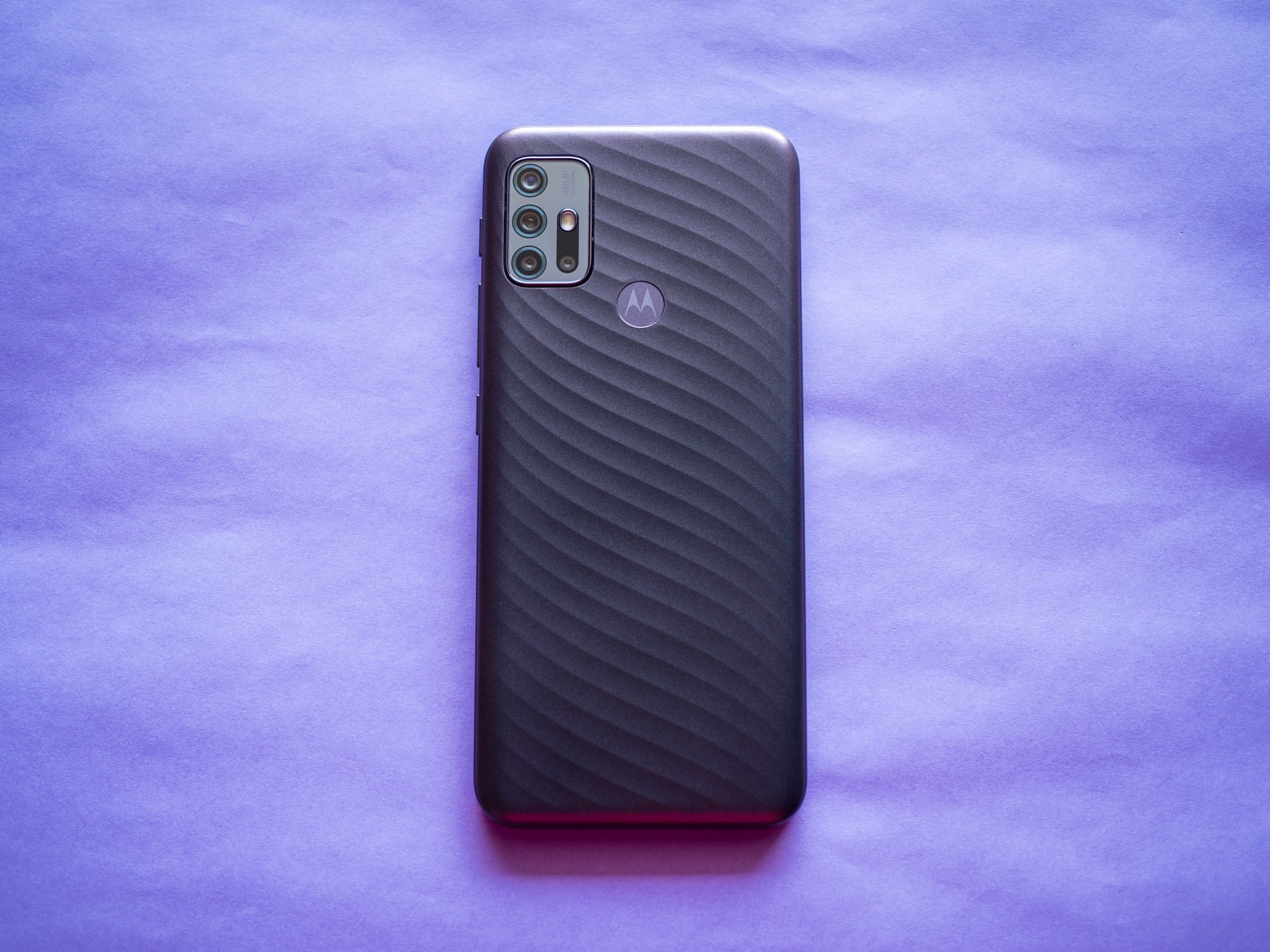

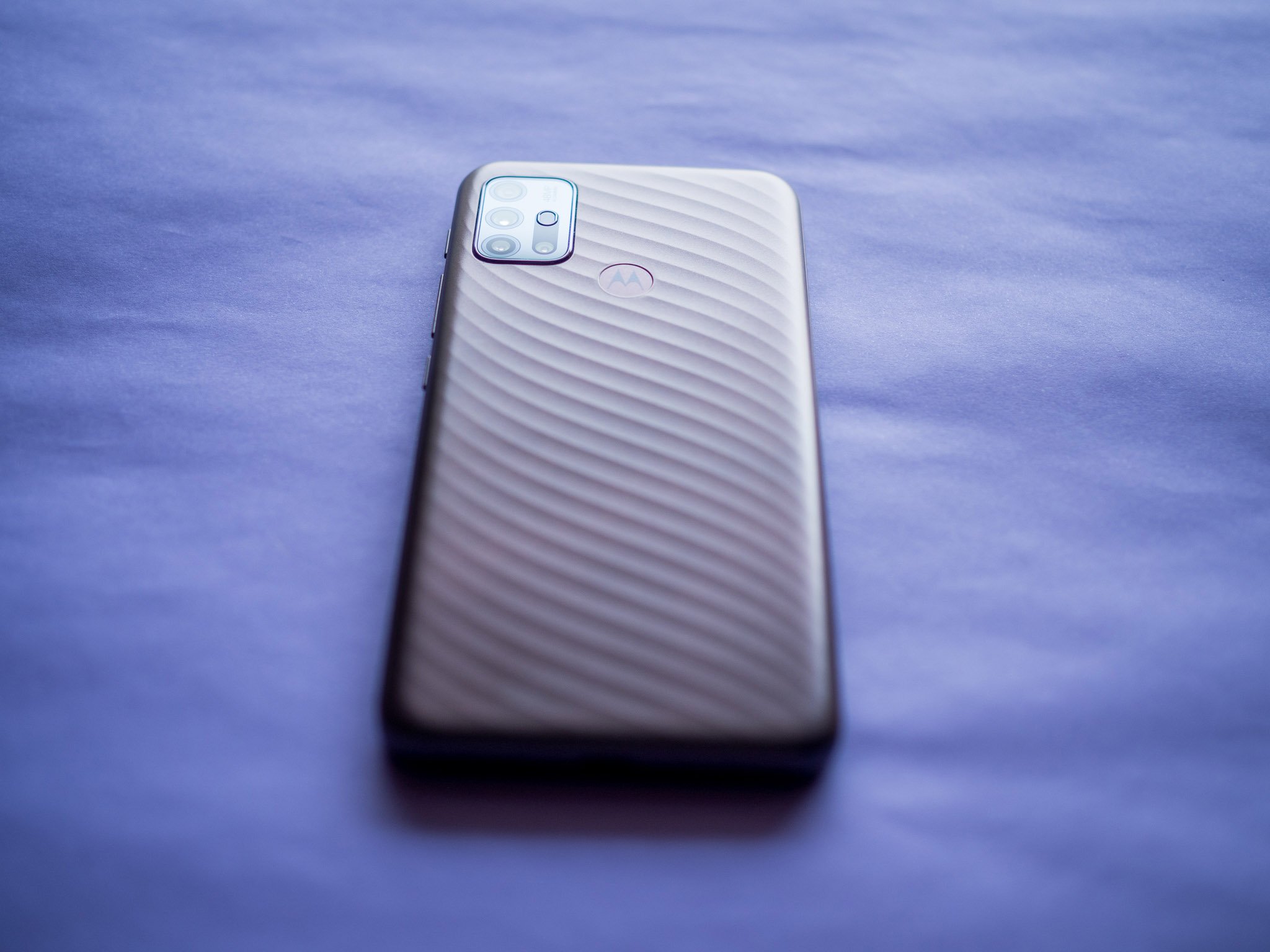
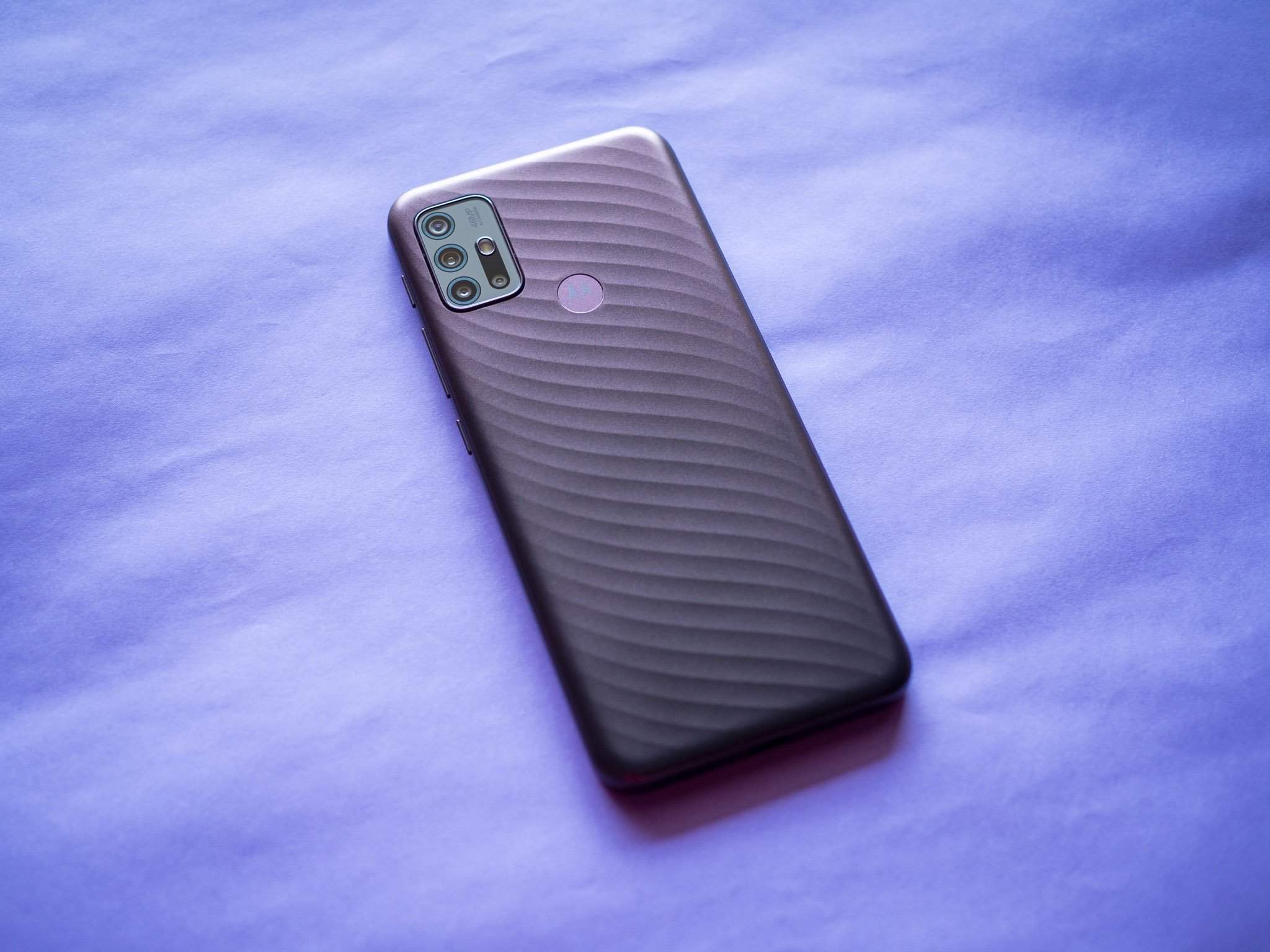
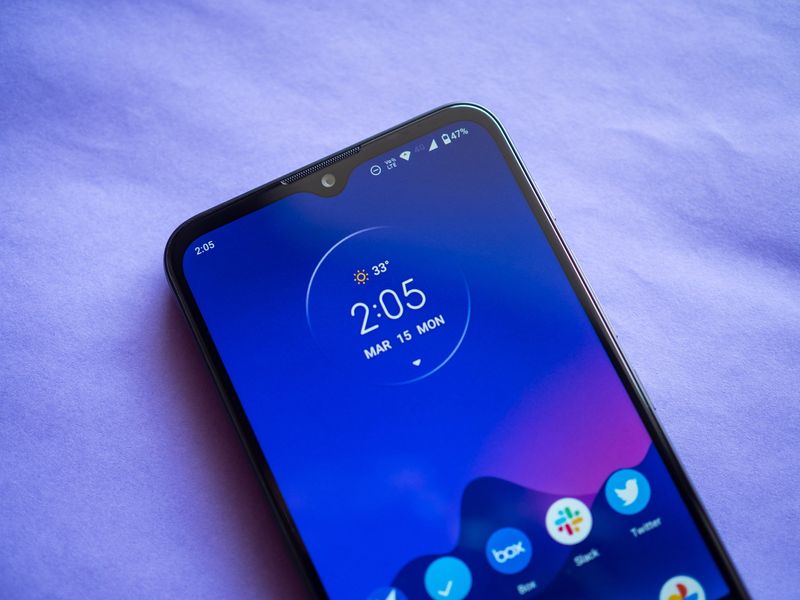
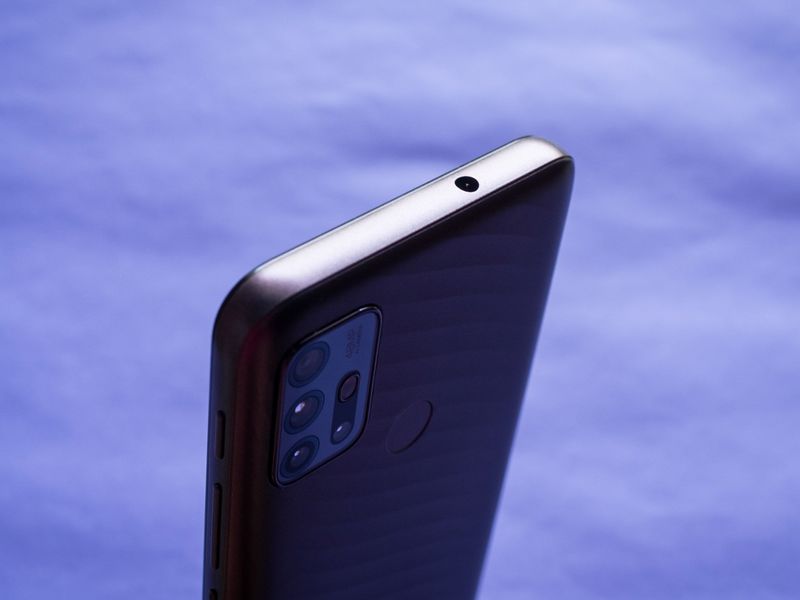
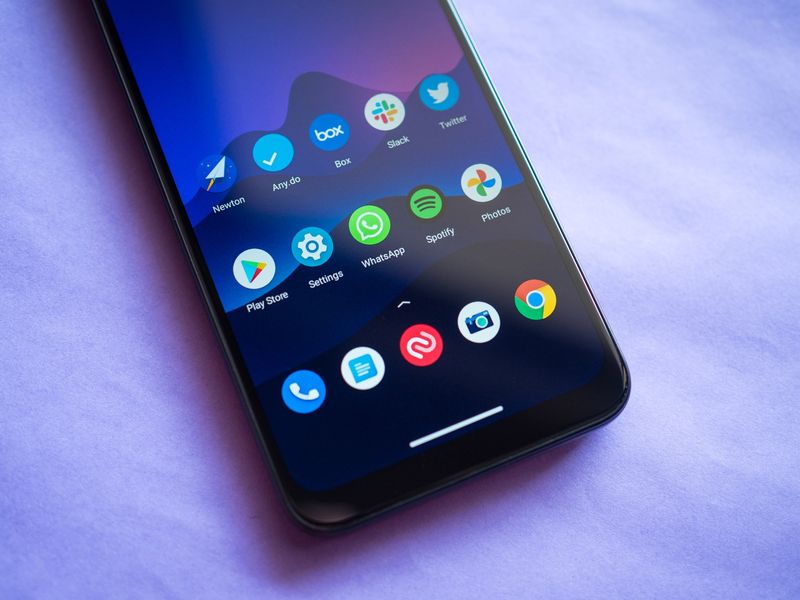
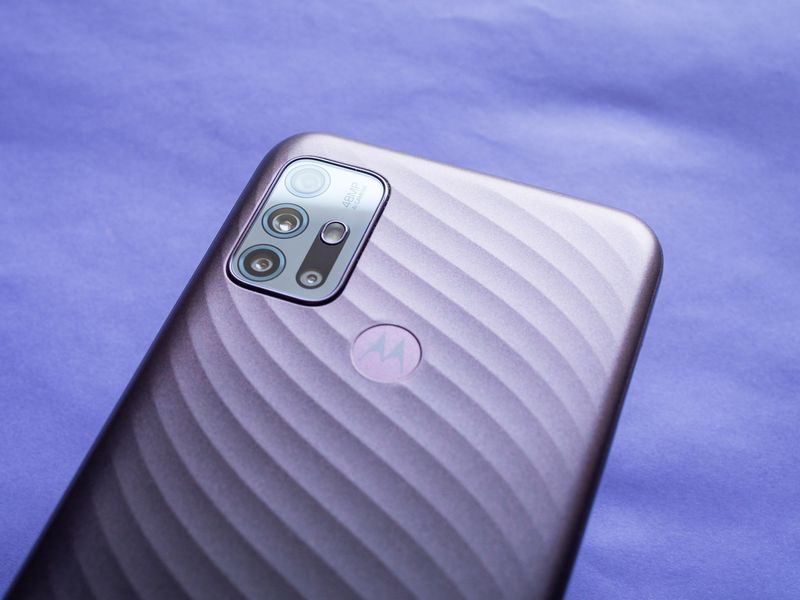
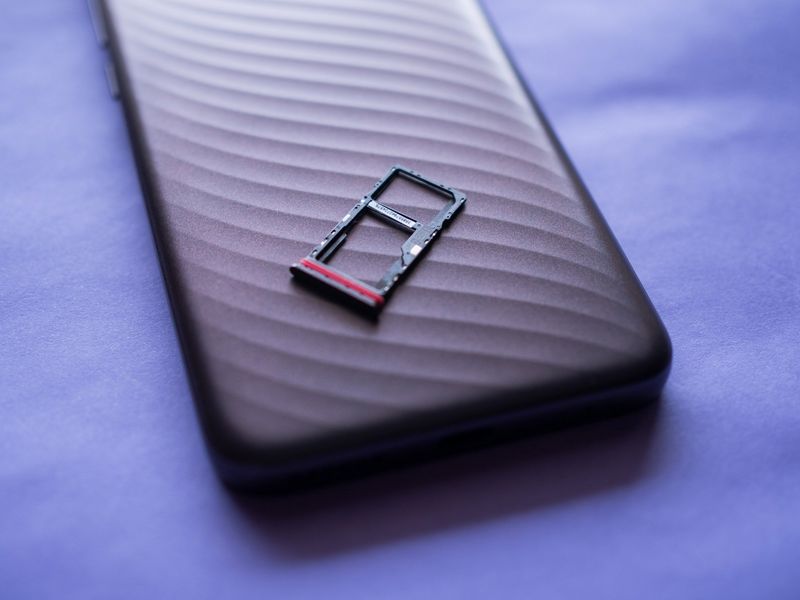
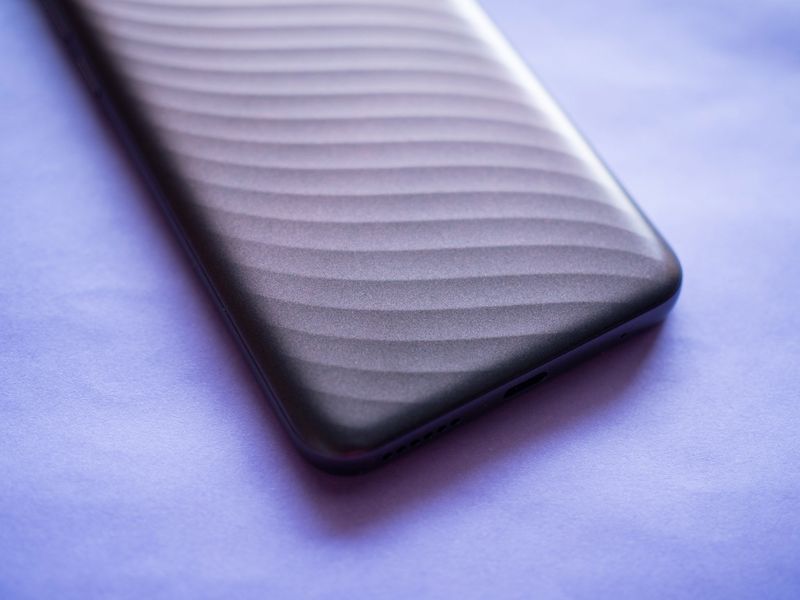
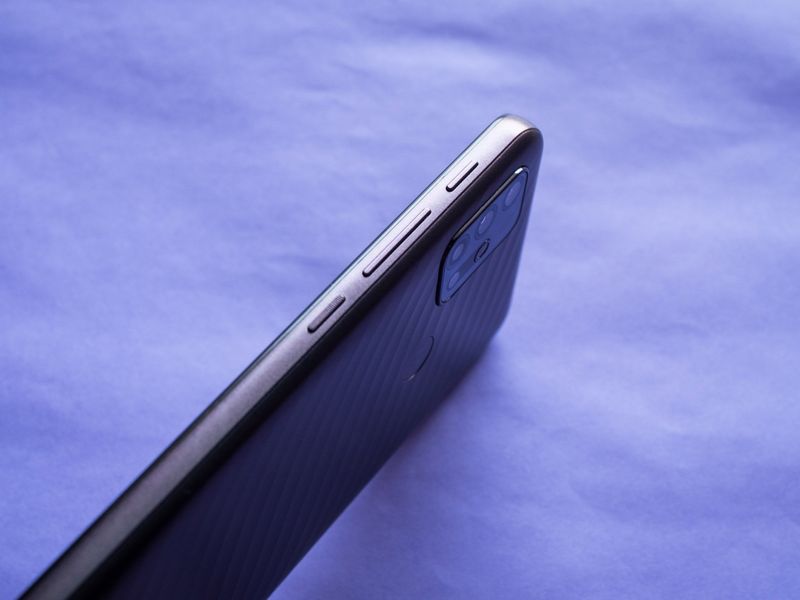
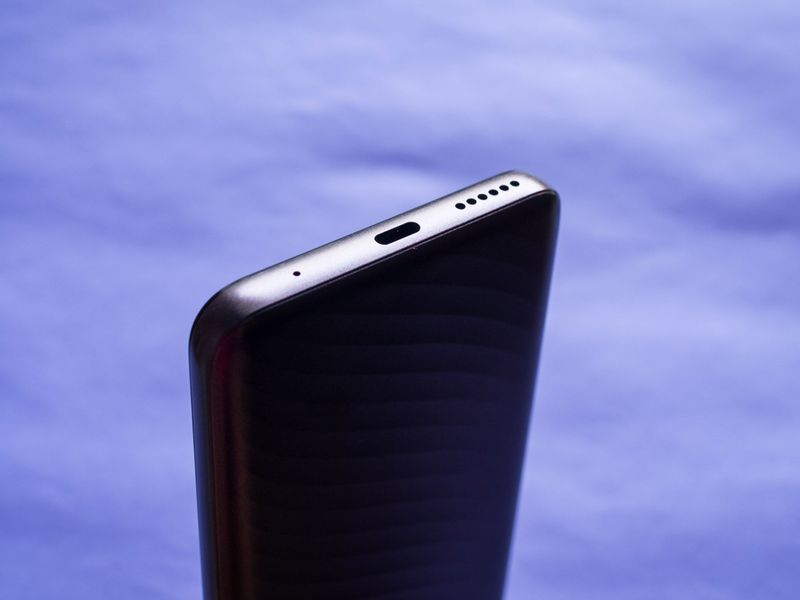
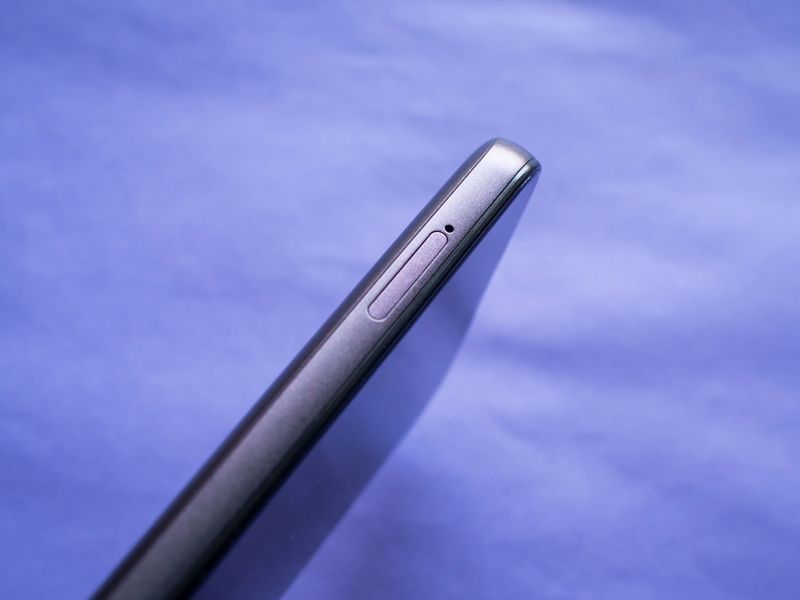
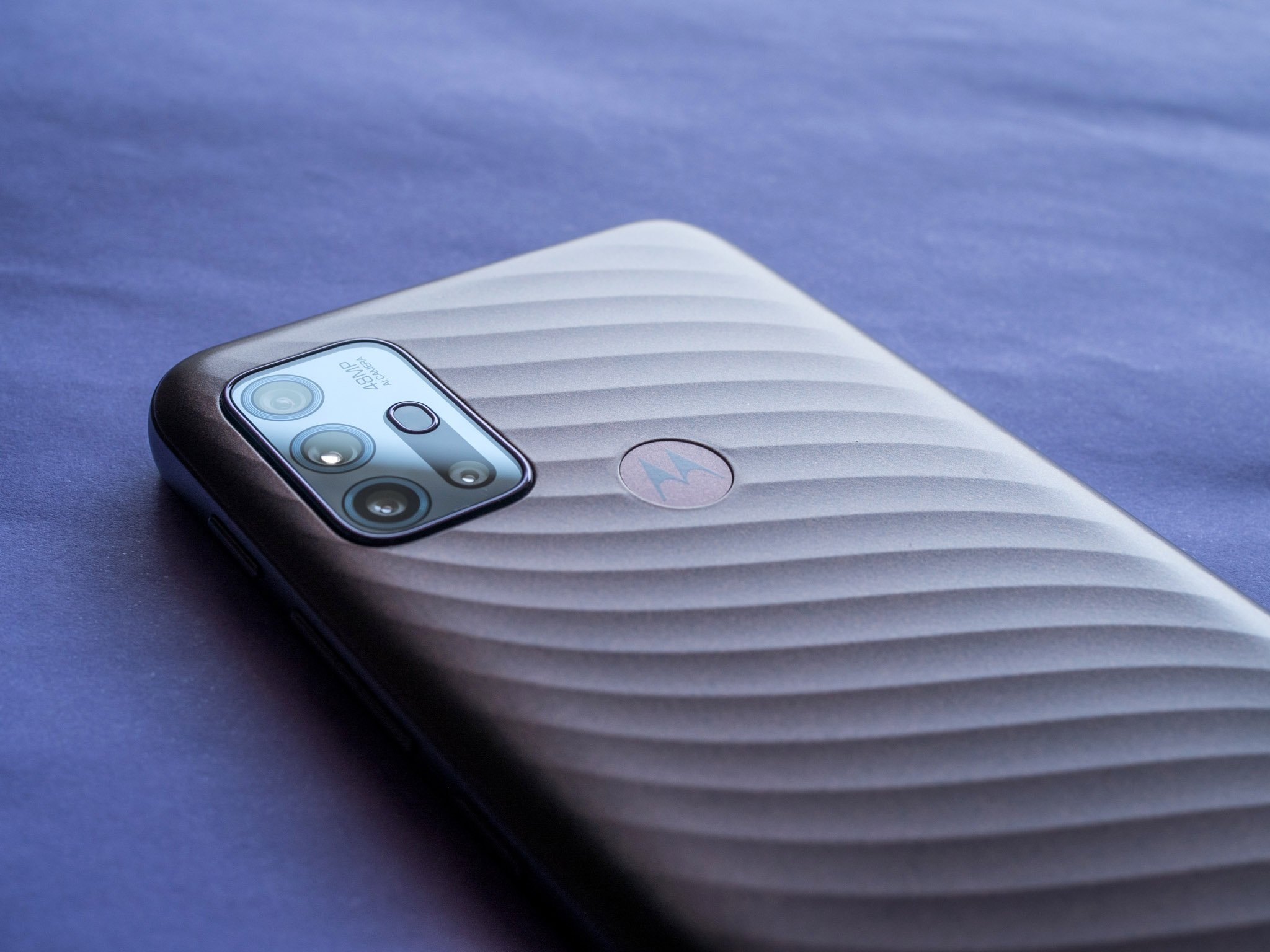
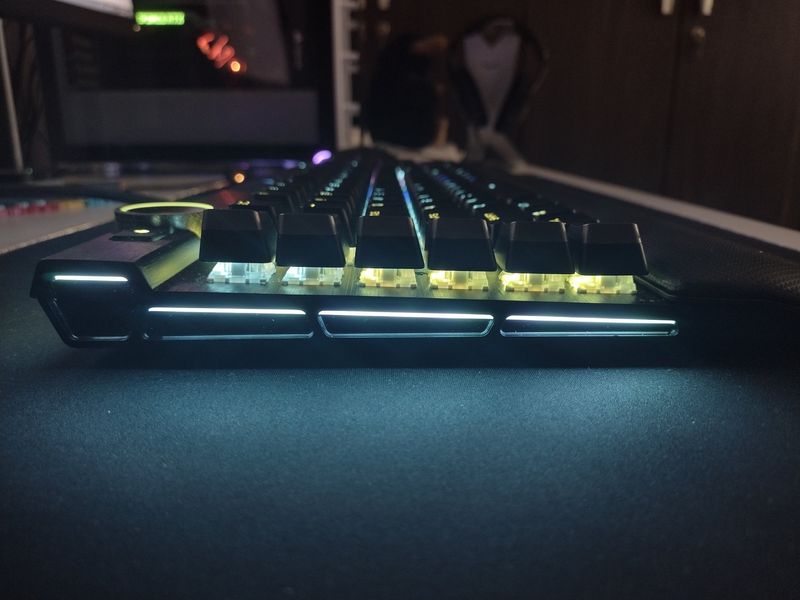
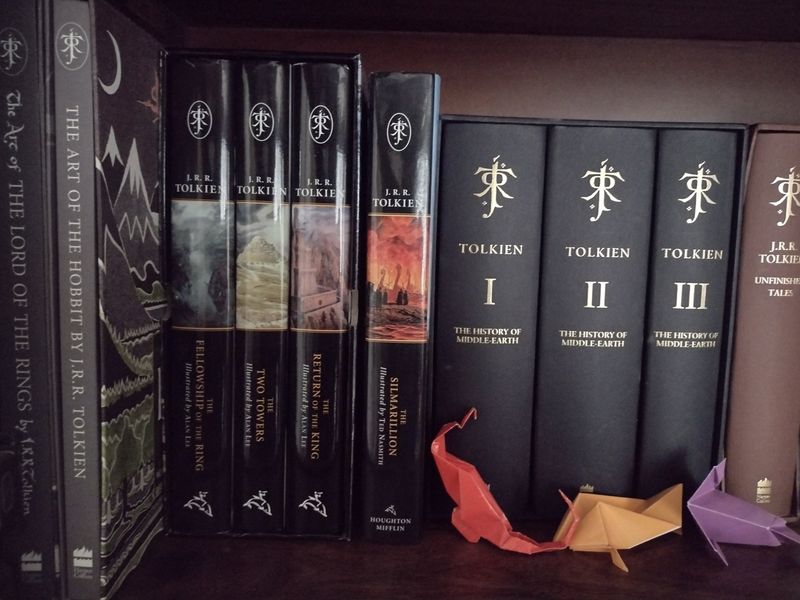
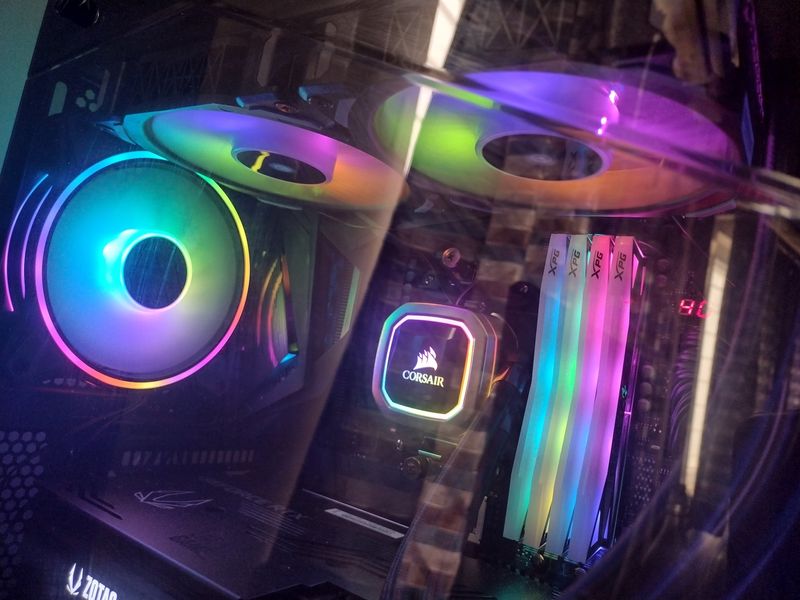
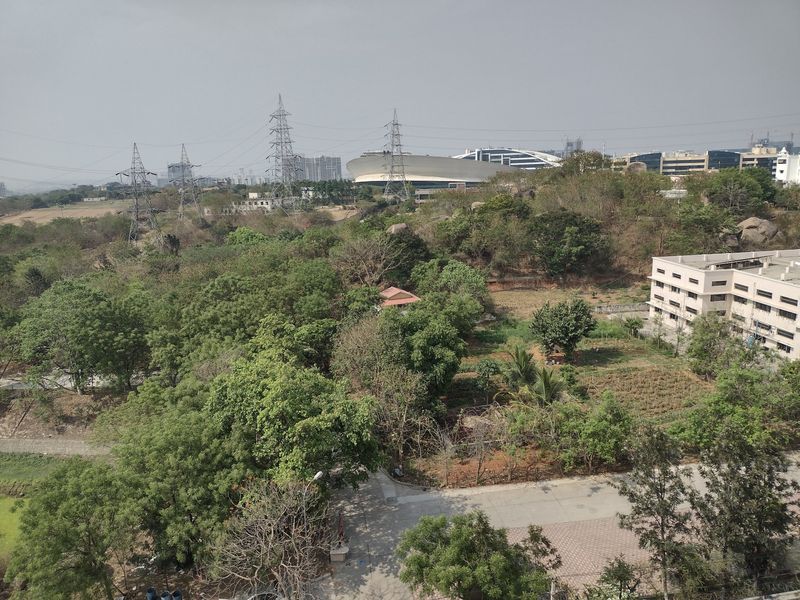
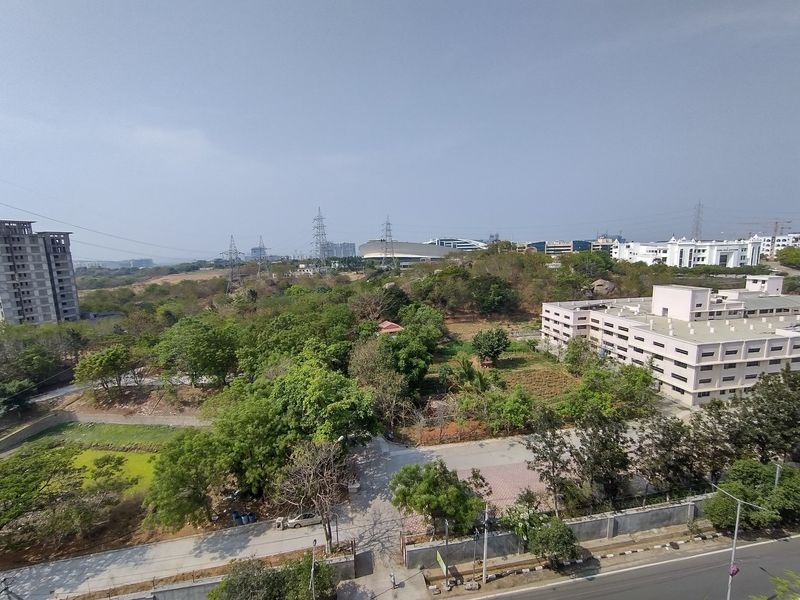

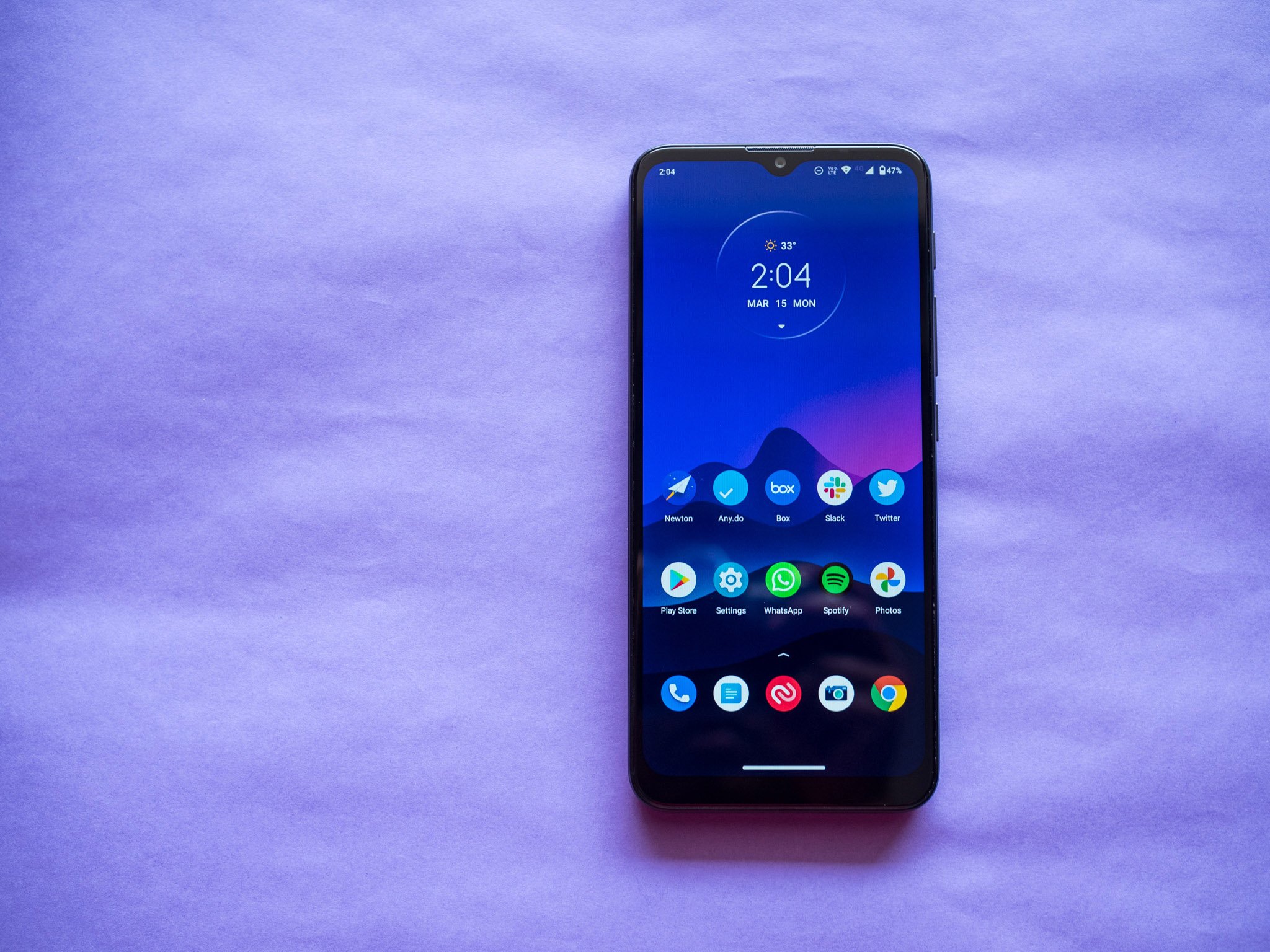
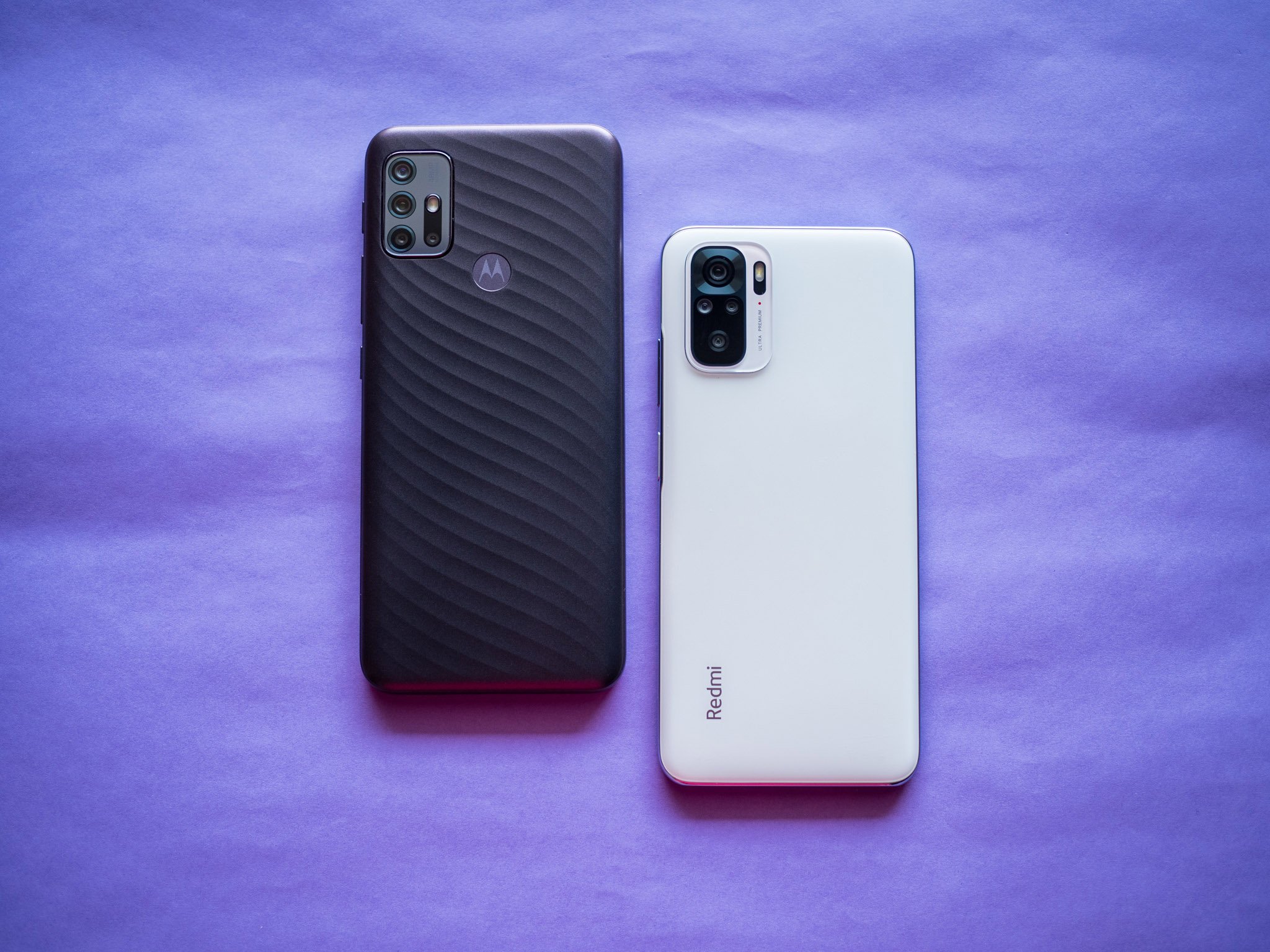
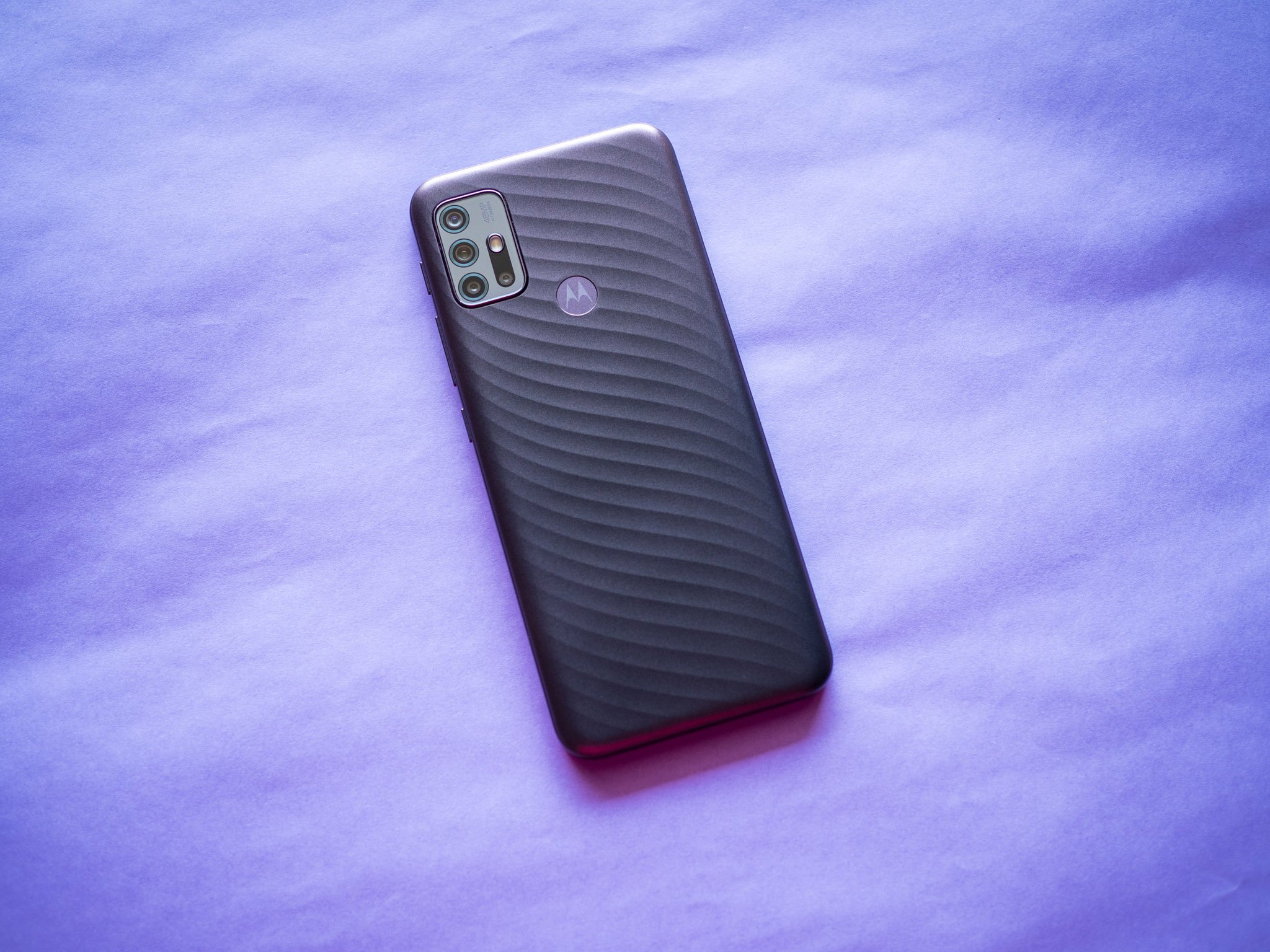
Post a Comment